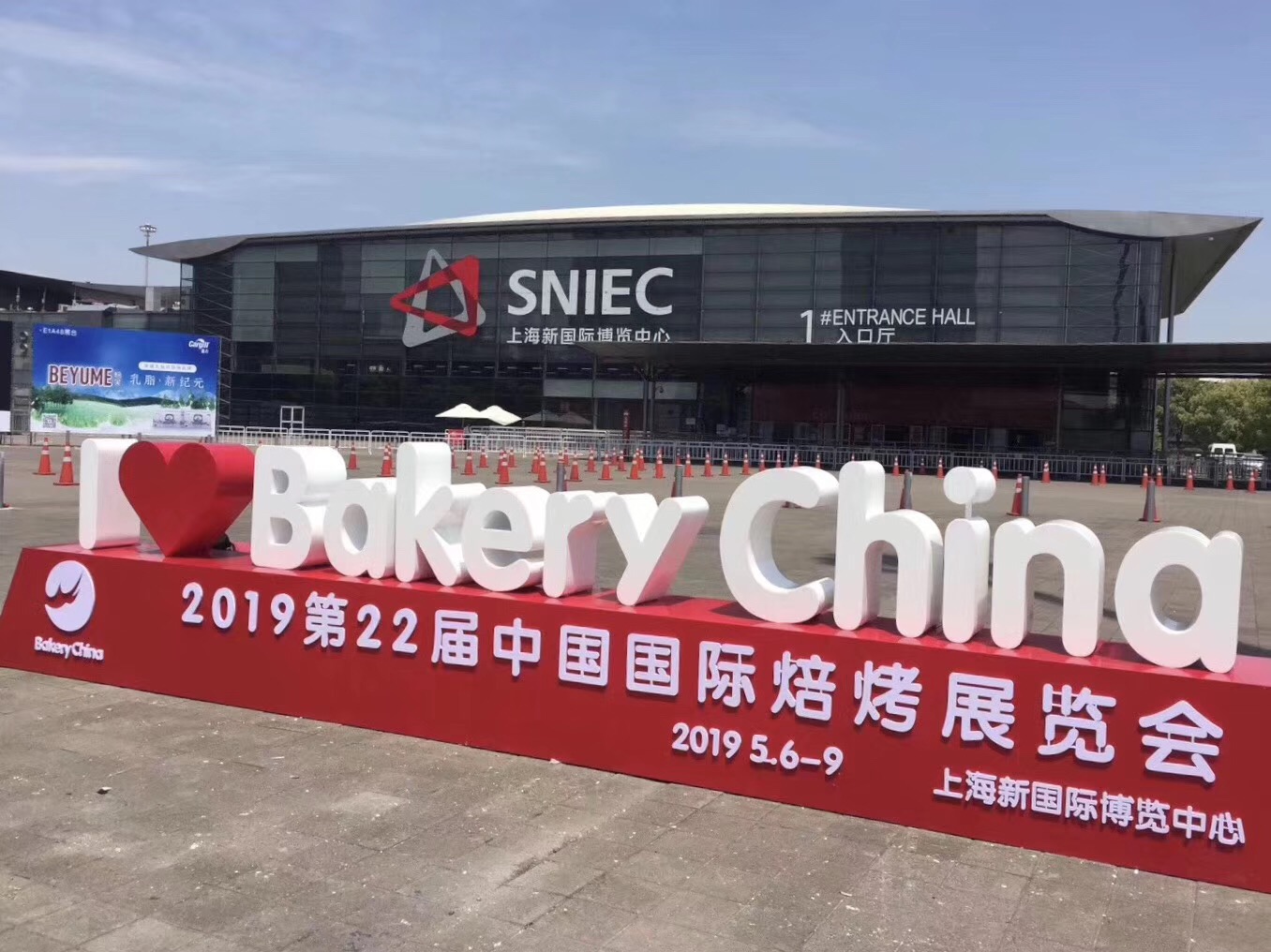Maintaining Strong Awareness of U.S. Wheat Quality in China
It is certainly true that the trade relations between the United States and China have been and remain in a difficult place. However, USDA Foreign Agricultural Service cooperator U.S. Wheat Associates (USW) is confident that this trade confrontation will one day be resolved. After many years investing funding from the Market Access Program (MAP) and Foreign Market Development (FMD) program, USW remains engaged in keeping our once and future wheat importing customers in China informed about the quality, variety and value of U.S. wheat in anticipation of future opportunities.
USW maintains a presence in Beijing but did not replace a retired colleague to help hold the line on FMD investment. Trade service visits in the first six months of 2019 confirm that private flour millers want to continue importing U.S. hard red spring (HRS) and soft white (SW) when the tariff conflict is resolved. The only flour miller who purchased any U.S. wheat in marketing year 2018/19 was willing to pay the 25% punitive tariff and took delivery of 43,000 metric tons of HRS in April. He expressed an abiding interest in the functionality, flavor and good milling characteristic of U.S. wheat, and holds high hopes for not just a “normal” trading relationship, but one that allow mills like his to run much more of it.
USW representatives also conducted trade service visits with customers attending Bakery China Shanghai 2019. They participated in a U.S. agricultural product showcase sponsored by the USDA/FAS Agricultural Trade Officer posted in Shanghai to highlight the differential advantages of U.S. HRS and other classes of wheat. USW Regional Vice President Jeff Coey reported that every customer was eager to regain access to the high-quality U.S. wheat they learned about through export development programs and experience over the years.
Officials with China’s state-sponsored grain buying agencies also welcome USW trade servicing, technical training and relationship management activities. Even with the tariffs in place, in May 2019 Coey and USW/Beijing Country Director Shirley Lu were invited to speak at a conference in Xiamen to several millers who gained new information about the functional value of U.S. wheat classes. Bakery training classes conducted by USW’s technical specialist in 2019 also expanded awareness of U.S. wheat’s superior functional benefits.
In addition, officials were happy to hear that USW’s commitment to the China market remains unchanged. In fact, USW told the officials it intends to increase its activities in partnership with FAS in part with funding from the Agricultural Trade Promotion (ATP) program to keep U.S. wheat top of mind among users and policy makers in China. Under ATP, for example, USW plans to hold a series of “Contracting for Wheat Value” courses in the United States for commercial and state wheat buyers over the next three years. Participants will be managers with direct wheat trade contacts that influence wheat purchasing in their organizations. After the courses, participants will get the chance to observe wheat breeding, farms, transportation, quality control and Federal Grain Inspection Service processes.
Given that China imported 1.6 million metric tons of U.S. HRS, SW and soft red winter (SRW) wheat in marketing year 2016/17 and more than 800,000 metric tons of U.S. wheat in 2017/18 before the retaliatory tariffs were implemented, potential demand will benefit farmers in the Pacific Northwest and Northern Plains. And, with funding from MAP, FMD and ATP, USW’s commitment to service in China will continue long after this trade conflict has ended.


